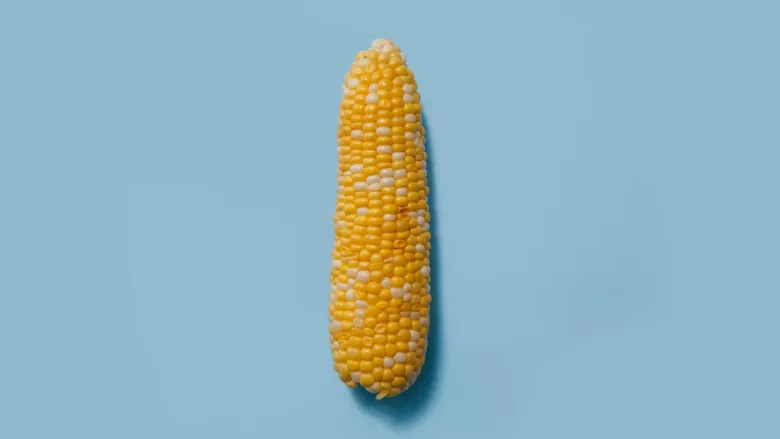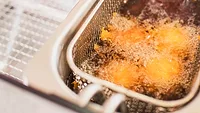Emerging Method to Protect Food Crops from Carcinogenic Aflatoxins

Credit: charlesdeluvio (charlesdeluvio) via Unsplash
Researchers from the U.S. Department of Agriculture’s Agricultural Research Service (USDA’s ARS) are using a bioplastic coating to naturally shield seeds from Aspergillus, a type of fungi that produces aflatoxin. Exposure to aflatoxins is a food safety issue due to the compound’s carcinogenic and other harmful effects.
In the U.S., Southern agriculture is most affected by aflatoxins, as hot, dry conditions promote Aspergillus growth and aflatoxin production. Recent science has shown, however, that the Midwestern Corn Belt may be increasingly affected in the near future due to climate change. Corn is highly susceptible to aflatoxin contamination, as are seeds, nuts, feed, stored grain, and other important crops.
The new method for mitigating aflatoxin contamination of crops involves coating seeds with a protective, innocuous strain of Aspergillus, delivered via a mixture of biodegradable, corn starch-based bioplastic and biochar. The competitive Aspergillus strain found in the coating prevents aflatoxin-producing Aspergillus from infecting the seed, and other components of the mixture create a physical barrier that prevents contamination.
While the environmentally friendly method has shown to be effective, current delivery methods can be wasteful, and it requires applying the Aspergillus coating to seeds before knowing if aflatoxins will be a problem in a given season. Regardless, the method shows promise for controlling aflatoxin contamination of crops, and it is currently being evaluated by a major agricultural company for commercial development,
Looking for quick answers on food safety topics?
Try Ask FSM, our new smart AI search tool.
Ask FSM →








